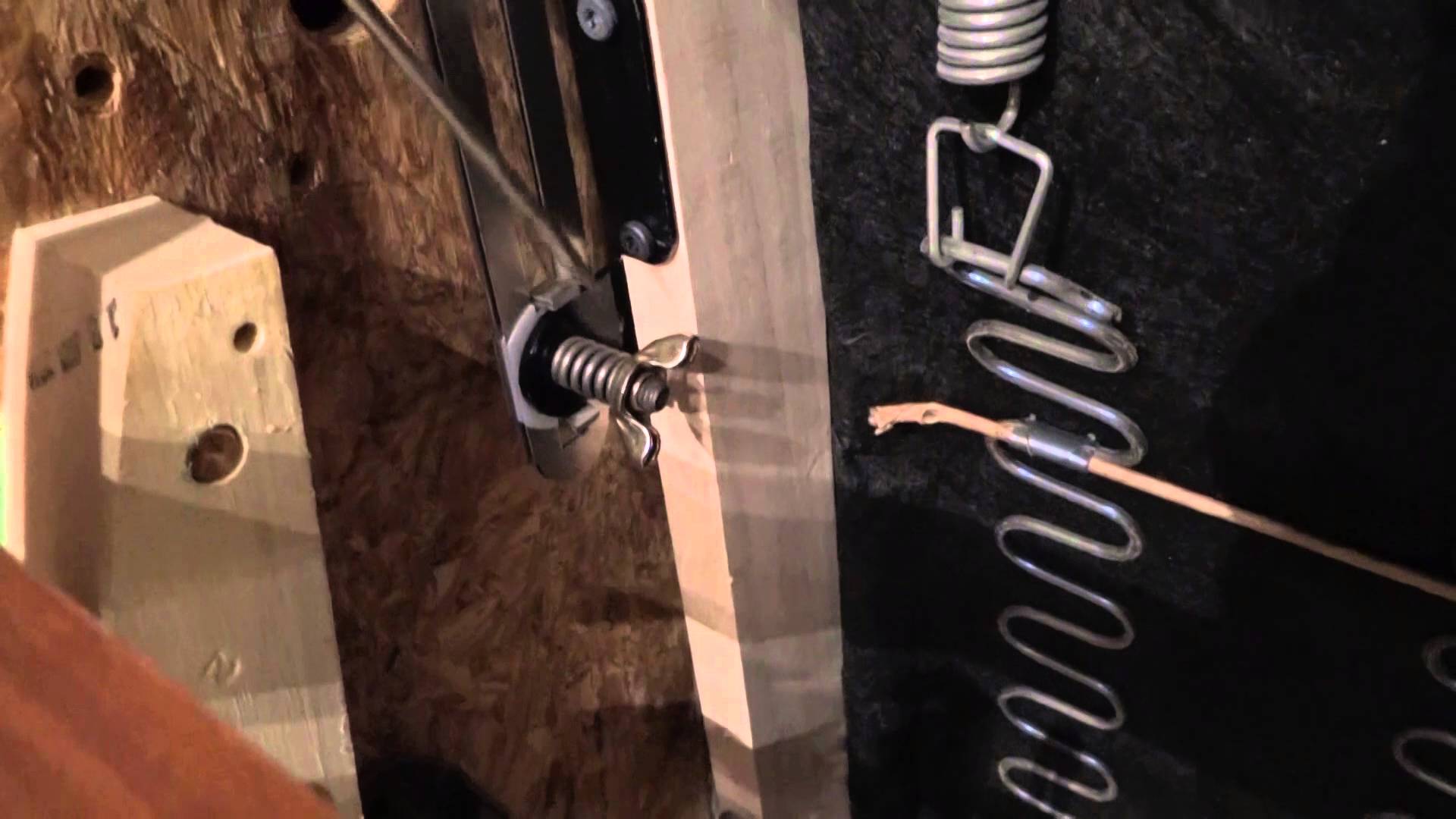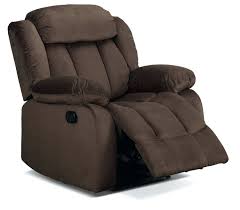How to Fix a Recliner Chair Mechanism in 5 Practical Steps
Recliners Guide is reader-supported. As an Amazon Associate, I earn from qualifying purchases. Learn more about our process here.
If your recliner chair isn’t functioning like it used to—maybe it’s stuck, won’t recline smoothly, or feels loose—it’s often the mechanism underneath that’s causing the trouble. But don’t worry. With a few tools and some patience, you can fix most recliner mechanism issues right at home. Here’s how to do it in 5 solid steps:
Step 1: Flip the Recliner Over and Inspect
Start by turning the recliner gently onto its side or back. Lay down a soft blanket or towel to protect your floor and the chair’s fabric. Once it’s flipped, you’ll have a clear view of the mechanism underneath—this is where the magic (and the problems) happen. Look closely for anything that’s clearly out of place: loose bolts, broken parts, bent metal, or disconnected levers.
Step 2: Tighten All Bolts and Screws
A common cause of a failing recliner mechanism is simply loose hardware. Use a wrench or screwdriver to check all visible bolts, screws, and nuts. Tighten anything that feels even slightly loose. Pay close attention to the mounting bolts that hold the mechanism to the chair frame and the joints that allow the back and footrest to move. Sometimes, a simple tightening makes a world of difference.
Step 3: Lubricate Moving Parts
Use a high-quality lubricant like silicone spray or WD-40 on all moving parts—especially around hinges, springs, and metal tracks. This helps restore smooth operation and gets rid of creaks and grinding sounds. Avoid overdoing it; a little goes a long way, and you don’t want it dripping onto your floor or upholstery.
Step 4: Replace Damaged or Worn-Out Parts
If something is clearly broken—a bent bracket, cracked spring, or snapped cable—you’ll need to replace it. Contact the manufacturer or check online for compatible replacement parts using your recliner’s model number. Swapping out broken parts is usually straightforward with basic tools.
Step 5: Test and Reassemble
After making your repairs and tightening everything up, flip the recliner back into position. Test all the functions—recline, footrest, tilt—to make sure everything is back in working order. If it feels stable and moves like it should, you’re all set.
Conclusion:
You don’t need to call in a pro for every recliner issue. With a little hands-on work and the right approach, you can fix that mechanism and get back to kicking your feet up—like the chair was meant to do.



